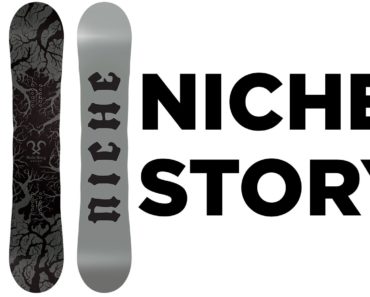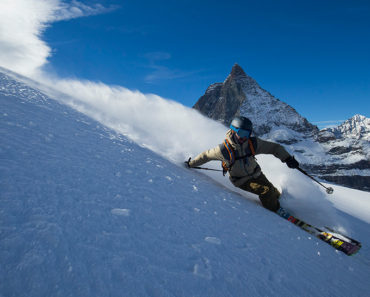
Finding and purchasing a new pair of skis is a big commitment that falls somewhere between the decision to get pepperoni or sausage on your pizza and whom you marry. We want you to get it right.
Whether you buy your skis direct from the manufacturer, online, or at your local shop, go slow and avoid choosing a ski based on what your friends are skiing on. Go to a shop or manufacturer that will ask you a lot of questions and is invested in getting you the right skis – not just selling you any set of skis.
Pro tip: If you can find a demo nearby, take a ski out for a run or two—it’s the best way to know if it’s the right fit for you.
These tips will help, too.
1. Where are you going to ski?
The first thing to consider when buying skis is where you plan on using them, meaning the location and what type of terrain you ski on. This gives us a broad picture of who you are as a skier. A good shop employee will ask about your style of skiing. Most people really associate who they are as skier with where they ski.
If you’re a tree skier who needs to be able to maneuver quick, tight turns, look at shorter skis that have less than a 20-meter turning radius. Want to carve GS turns down wide open slopes? Go long and lean with a plus 20-meter radius. Heading to Japan? You’ll want something girthy in the middle, with a ski that’s at least 110 millimeters underfoot.
2. Find out which waist is right for you.
A narrow waist underfoot will allow you to get your ski on edge sooner, which is great for firmer East Coast snow or for skiing on groomers. A wider waist gives you more surface area, which will help you float through that dreamy Alta pow.
If you are looking for that one-ski quiver, you want something between a 99 and a 107. You can go a little wider if you’re more advanced at feeling the arc of your turn.
3. Turn it up.
If you can feel that you’re using the tip and tail of your ski, not just your middle, but the whole ski through the beginning, middle and end of turn, you want a camber ski. Think of camber as the spring in your ski—the more you have, the more energy and power you will get back when you explode out of a turn. Reverse camber, or rocker, refers to the rise in the shovel-like parts of your ski at the tip and tail. If you like to pivot your turns, and keep your balance right in the middle, you might want the tip and tail to rise up, which is also great for powder and more mixed terrain.
4. How stiff do you want it?
The stiffness of the ski makes a big difference in how it will feel. If you don’t know, lean towards a softer ski. You have to trust your salesperson, even though you like the graphics on the Stockli, that’s not going to be as friendly for someone who likes a softer ski because of all the metal.
Skis made with metal are going to be stiffer, have less flex, and require more strength to maneuver than skis made of purely wood or carbon. While a metal ski weighs more, it can also provide more stability in variable terrain, and more power for speed.
5. Long or short?
When you’ve found a ski that fits your needs in all other areas and you’re really narrowing it down, it’s time to consider length. If you’re less experienced, your ski should hit at chin height. For more intermediate skiers, skis should be between the nose and eyes. If you’re advanced, you’ll want a ski that reaches the top of your head or a few centimeters over. If you are inexperienced, you might get undersold on the length and that can prohibit growth in the sport, but if you are talking your game up, you can get oversold too.
6. Don’t forget your boots!
Your new skis are just one piece in a whole system. Your boots are also a big part of the equation and should be taken into consideration when buying a ski. If comfort is the most important part of your boot, that’s going to steer you into a different ski.






